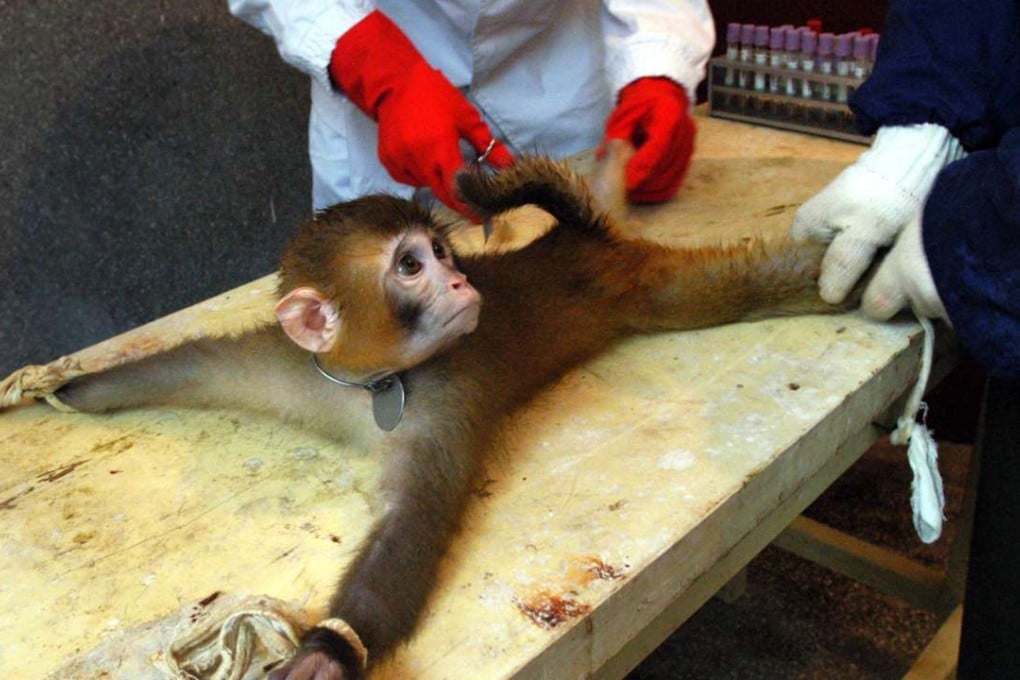Cruelty to animals has no place in modern medical schools
Frances Cheng hopes the recent outrage over a mainland university’s use of dogs in scientific experiments will spur widespread change in the way we conduct medical training

As a biomedical scientist trained primarily in Taiwan, I – like many people – was troubled by recent reports that dogs were being mutilated, neglected and killed at the mainland’s Xian Medical University. It troubles me to see Chinese schools derided in the media when it would be so easy to adopt modern teaching methods. Over the past several weeks, People for the Ethical Treatment of Animals has tried to work with the school to implement new, non-animal training techniques, but the administration has yet to take meaningful action.
READ MORE: Chinese online fury over photos of dead and dying dogs left on rooftop after medical university’s experiments
The process was disturbing, bloody and nauseating. The animals always knew what was about to happen
For years, I took courses that required my fellow students and I to experiment on and dissect live animals, including fish, frogs, mice and others. The process was disturbing, bloody and nauseating. The animals always knew what was about to happen, and they swam or ran frantically in the tanks and cages when we approached them. The often inadequately anaesthetised animals would urinate and defecate when we cut into them with knives. My heart ached every time, and no one ever told us there were more modern, effective and humane ways to learn science and medicine – but now I know that there are.

Instead of having students injure pigs to learn surgery or cut open a dog’s chest to demonstrate the effects of drugs on the heart, many medical schools train students by having them practise on life-size human simulators that can breathe, bleed, cry – and even “die” if procedures aren’t performed correctly.
Studies have demonstrated that non-animal training methods teach biomedical skills better than cutting into animals
Unlike animal-based laboratories, these mannequins, simulators and other non-animal training methods accurately model human anatomy and physiology, allow students to repeat procedures until they are proficient and allow educators to rate students’ performance more accurately. Dozens of studies have demonstrated that non-animal training methods teach biomedical principles and skills better than cutting into animals. These cruelty-free tools are also cheaper than animal laboratories as they only need to be purchased once and can be reused.

Other esteemed organisations agree that we can teach science and medicine without harming animals. For more than a decade, the American College of Surgeons has approved the use of human simulators as a full replacement for the use of animals in its emergency medical training course that is taught in more than 60 countries, including China.
Esteemed organisations agree that we can teach science and medicine without harming animals
Peta recently donated state-of-the-art TraumaMan surgical simulators to the Chinese programme so it can teach lifesaving medical skills to doctors using the most modern and effective tool available. The organisation has also funded training to teach Chinese government scientists how to use cosmetics-testing methods that rely on human cells and tissues instead of painful and inaccurate irritancy tests on the eyes of live rabbits.